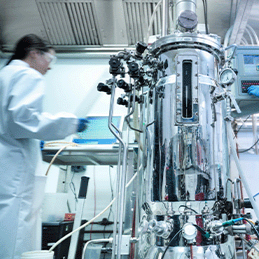

CitiusTech Senior VP and Market Head, Healthcare Providers, John Squeo, shares five game-changing shifts that will redefine the future of US healthcare and unlock a more streamlined, accessible and patient-centric system.

CitiusTech Senior VP and Market Head, Healthcare Providers, John Squeo, shares five game-changing shifts that will redefine the future of US healthcare and unlock a more streamlined, accessible and patient-centric system.

An analysis from the Life Sciences legal team at Hogan Lovells.

Medical Device Original Equipment Manufacturers (OEMs) are increasingly seeking sophisticated thermal solutions to improve medical device performance. How does the transition from traditional heaters to advanced, layered heater technologies impacts device design?

The new equity guide provides implementation steps to help developers and users implement the AHRQ Digital Healthcare Equity Framework to ensure new technologies ameliorate, rather than exacerbate, inequities in health care.

A review paper from the Agency for Healthcare Research and Quality supports the benefits of computerized clinical decision support systems (CDSS) in reducing medication errors and adverse drug events, but also uncovered risks and unintended consequences that must be addressed to improve patient safety and implementation of next generation systems.

Stefano Vicenzetto, Design Systems Engineer at Flex, shares his insights on how Circular Economy principles can be applied within the MedTech industry to reduce environmental impact by shifting away from the linear take, make and waste approach.

The growth of the medical device industry brings increased competition and a need to find ways to become more efficient and cost-competitive, without compromising quality. In this column, Doug Donahue, Director of Foreign Direct Investment and Manufacturing for Guanajuato’s Medical Device Cluster and co-managing partner of Entrada Group, discusses the benefits, challenges and opportunities available for companies investigating Mexico as a manufacturing site.